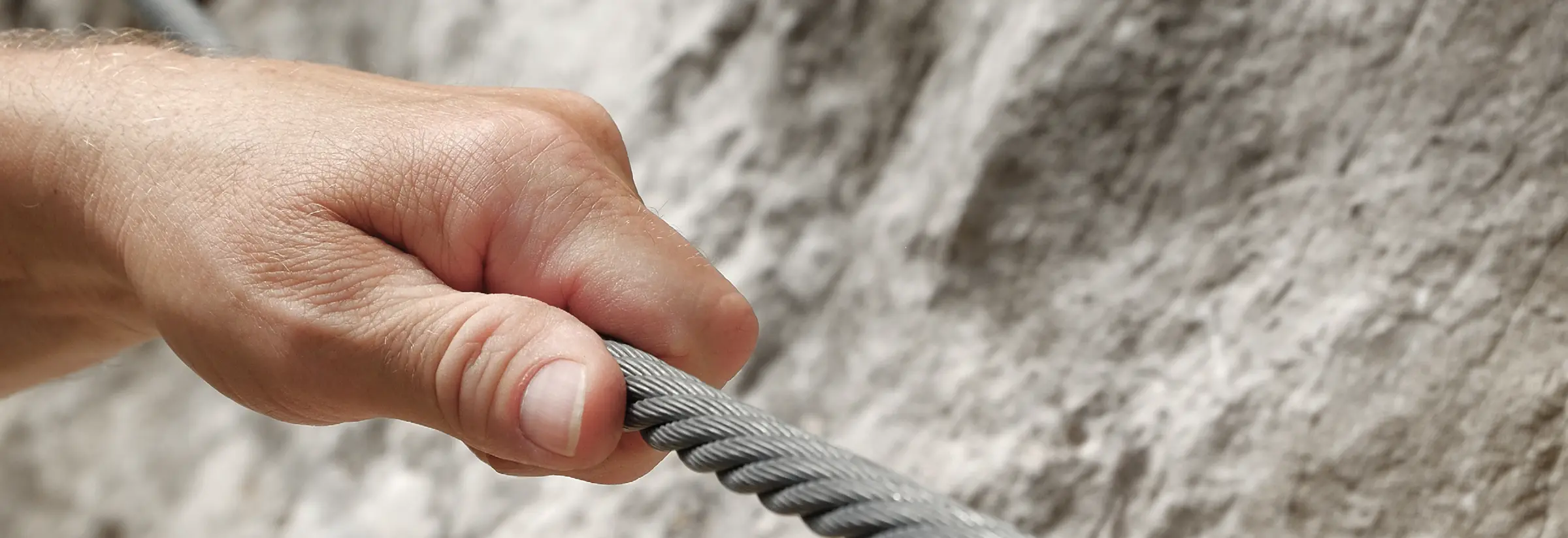
Hand surgery
TENDON SURGERY FOR HAND INJURIES – EFFORTLESS FLEXION AND EXTENSION AGAIN
A rupture of the extensor tendon can happen very quickly. The most common causes of tendon injuries include cuts from broken glass, animal bites or slipping tools and kitchen utensils. In these cases, tendon surgery of the hand ensures that we can actively bend and stretch our fingers again effortlessly after a tendon injury.
Tendon surgery of the hand is one of the most complex areas of hand surgery. The flexor tendons in the hand are located close to the nerves and blood vessels. Restoring them requires dexterity and a great deal of experience. The aim of tendon surgery in the hand is always to maintain or restore the gliding ability, stability and mobility of the tendons. Experienced experts in hand surgery are at your side at the ETHIANUM in Heidelberg with modern diagnostic and surgical methods. Find out more about the specific treatment of various tendon injuries to the hand.
Contact
Let our specialists and hand surgeons examine and advise you on tendon injuries to the hand. Arrange your appointment at the ETHIANUM quickly and easily using the direct form or give us a call.
SPECIFIC, SECONDARY TREATMENT OF TENDON INJURIES
Rerupture after tendon suture, secondary suture after primary treatment
A rerupture is a tendon tear that occurs after a primary tendon suture. The tendon can rupture at the suture site or at another site due to the tension. In this case, tendon surgery is performed in the hand by re-stitching the affected tendon. In some cases, a tendon transfer or tendon transplant is also indicated. A second operation is sometimes necessary to significantly improve the flexion and extension function of the affected fingers.
Tendon ruptures without an open wound
Tendon ruptures without an open wound are difficult to diagnose. This is why in many cases valuable time elapses between the accident and the diagnosis of the tendon rupture. Magnetic resonance imaging clarifies the diagnosis in such cases. During hand surgery, the affected tendon is sutured, and in some cases also relocated or transplanted.
Tendon adhesions after injuries
Tendon adhesions are a common complication following a tendon injury. In the case of flexor tendons, this can result in stiffening of the fingers. In the case of extensor tendons, a curvature of the middle finger joint can occur in some cases, while the end joint hyperextends. Surgical solutions include either tendon adhesion (tenolysis) or reconstruction of the extensor tendon.
Tendon damage after bone fractures due to inflammatory diseases
In the case of tendon damage after bone fractures caused by sharp bone edges, wires or screws, the tendons are surgically relocated or transplanted. The same applies to injuries caused by inflammatory diseases such as rheumatoid arthritis. During an operation, the hand is kept as bloodless as possible with a cuff on the upper arm. This reduces blood loss during the procedure and makes it easier for the hand surgeon to recognise tendons, nerves and blood vessels. The procedure usually takes between 30 and 120 minutes and is performed under anaesthetic. The client then wears a customised splint before the hand is mobilised with occupational therapy and physiotherapy.

Our Regenic® principle – stimulation of self-healing powers
Read here which natural treatments are possible with the Regenic® principle developed in co-operation with ETHIANUM research – and which of our specialist practices you can contact if you are interested.
